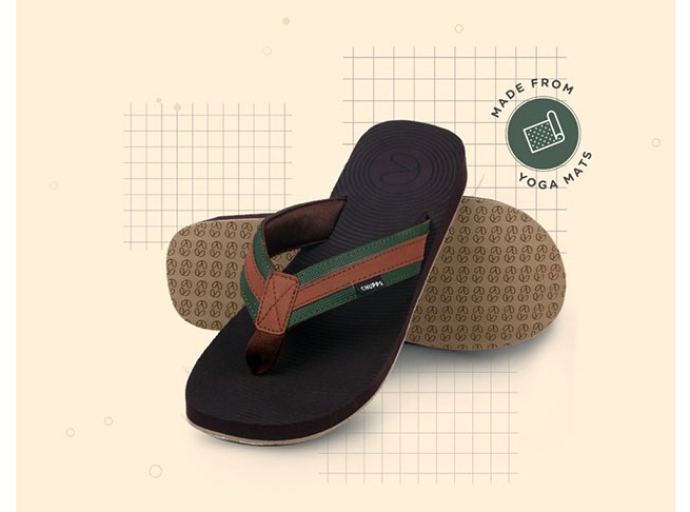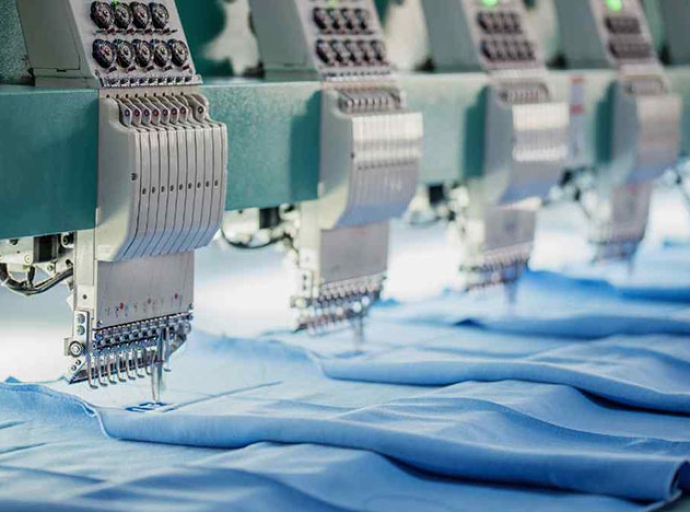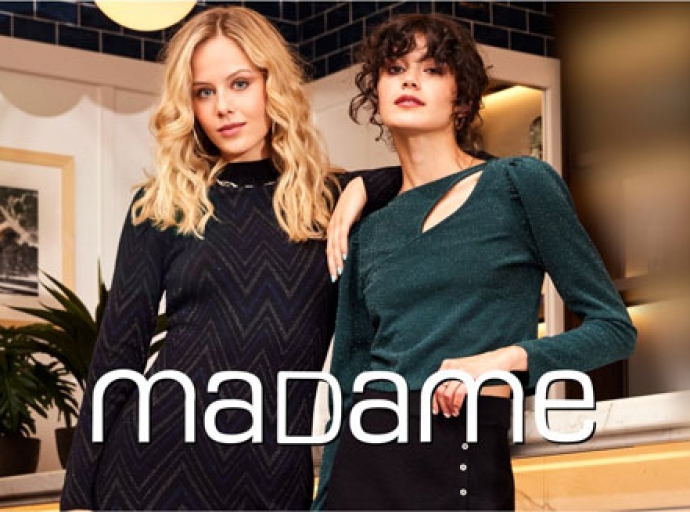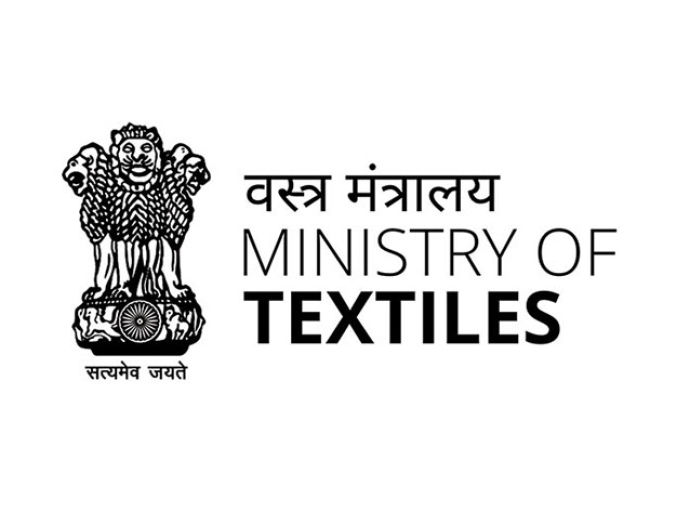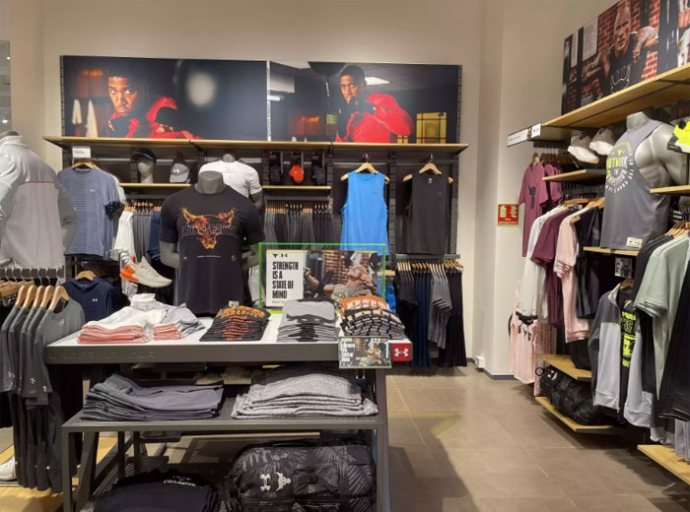29th October 2021, Mumbai:
The Textile Ministry introduced a new grading system to select the beneficiaries of the Rs 10,683 crore Production Linked Incentive (PLI) scheme for man-made fiber (MMF) and technical textiles sectors. The system rates manufacturers for their employment generation, location, financial stability, experience, and technical expertise.
As per the new system, the ministry grants incentives to only those participants that are able to achieve the required minimum threshold in a particular year. Others can claim these incentives in subsequent years, provided they meet the eligibility criteria. The grading system plays a crucial role in determining beneficiaries in case the number of applicants exceeds the allocated sum.
Boosting economic activity in smaller towns
The grading system enables aspirants to score a maximum of 80 points. Applicants can score 15 points for providing jobs to over 10,000 persons, 5 points for employing 500-5,000 workers, and 10 for employing 5,000-10,000. Companies can score up to 10 points for their financial stability, experience, and technical expertise.
They can score 15 points for investing in ‘emerging new districts’ and Group C towns designated by Housing Ministry. Their investments in these segments can earn them 5 points each while investments in integrated weaving and processing of fabrics and garments can earn them10 points.
Through this system, the ministry aims to promote investments, generate employment and boost economic activity in smaller towns. Beneficiaries will be selected by a committee chaired by the Textile Secretary and having representatives from the Niti Aayog and the DPIIT.
Promoting MMF production
Cleared last month, the PLI scheme for textiles aims to promote the production of high-value MMF fabrics, garments, and technical textiles. Besides generating a fresh investment of over Rs 19,000 crore, it also aims to achieve a cumulative turnover of over Rs 3 lakh crore, additional direct employment of 7.5 lakh, and indirect employment of several lakhs, etc.
The ministry aims to make the scheme flexible enough to ensure economies of scale. For this, it plans to use the plant, machinery, and equipment of the project approved under the scheme for producing goods not notified under the scheme.
It will also allow manufacturers to use associated utilities. Manufacturers will also be allowed to set up more than one unit for the production of notified products. However, they will have to declare this along with their applications, per the draft guidelines.
Minimum investment required
As a part of the overall PLI scheme announced for all sectors during the Union Budget 2021-22, the PLI scheme for textiles has a total outlay of Rs1.97 lakh crore. Companies planning to participate in the first part of this scheme need to invest a minimum of Rs 300 crore in the plant, machinery, equipment, and civil works.
The selected companies will receive an incentive of 15 percent of turnover in the first year and thereafter, one percent less incentive every year for the next four years. In the second part of this scheme, they would have to invest a minimum of Rs 100 crore and will receive incentives starting at 11 percent in the first year.
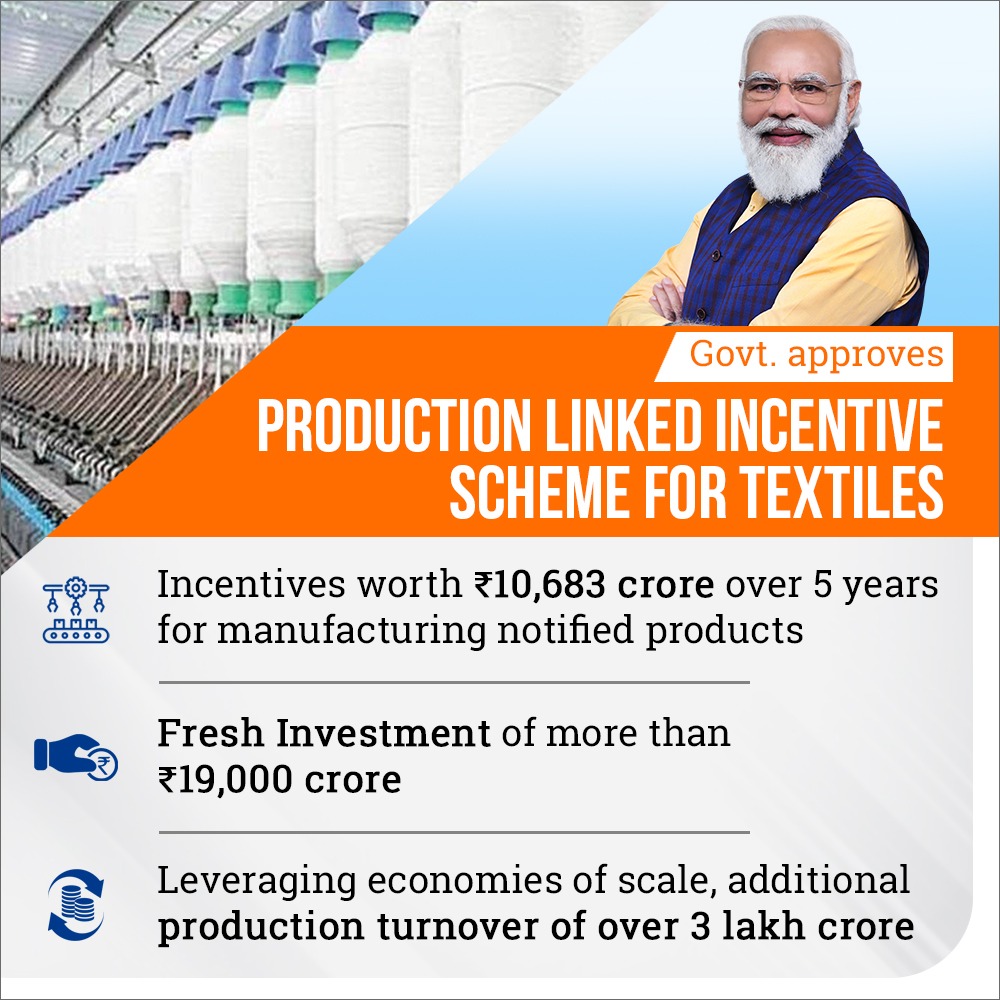
TOP 5:
1. Flipkart, an Indian e-commerce company, collaborates with PUMA on the ‘1DER' line, which features batsman KL Rahul
2. Consumers will determine growth of sustainable fashion e-comm in India
3. Myntra to offer 1 mn styles from about 7,000 brands at the 'Big Fashion Festival'
4. Maharashtra government honors VIP as 'Best Innerwear Brand' for 2021-22
5. Nike strengthens retail presences with new store at DLF Mall of India,Noida
Return to homepage
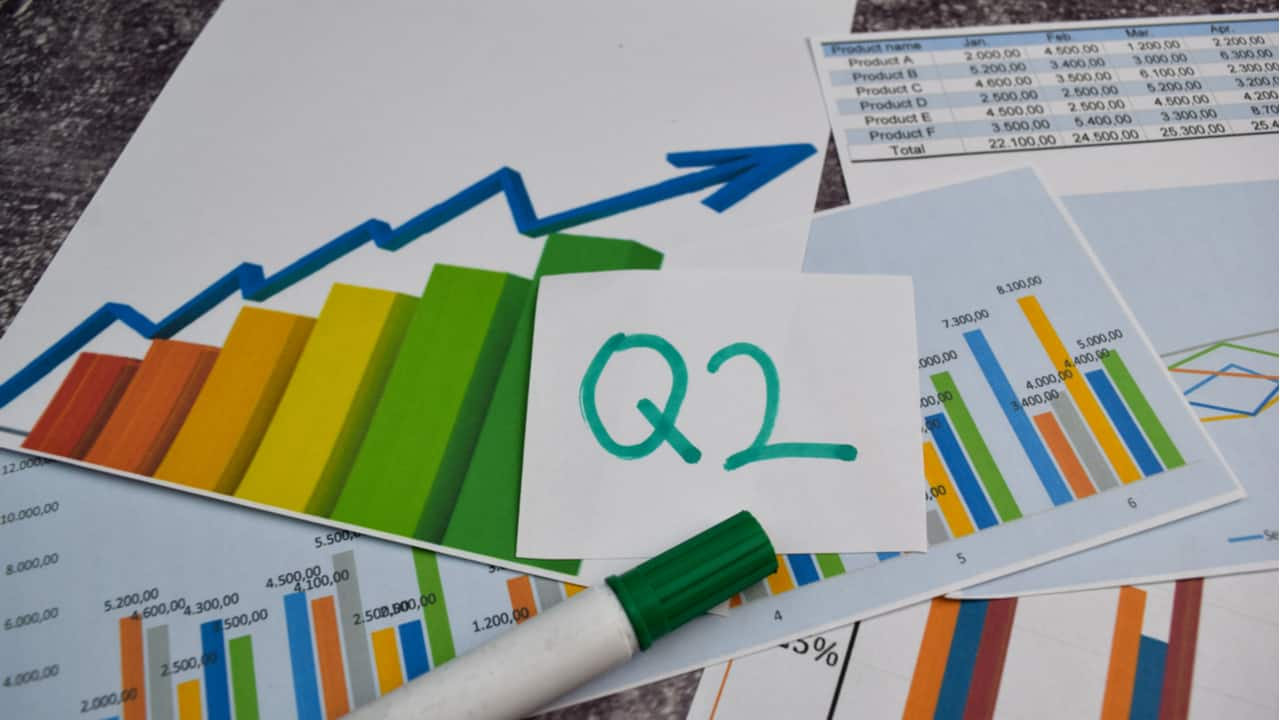

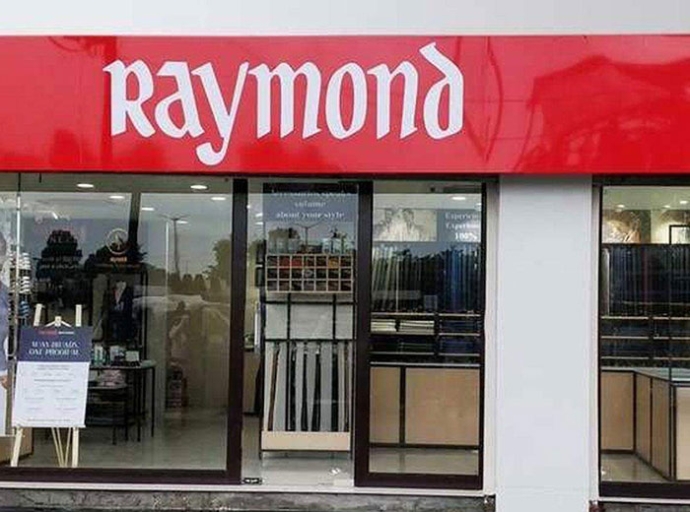
![Direct-to-Consumer (D2C): The Ultimate Guide [2021 Edition]](https://www.coredna.com/files/images/blogs/71/927/traditional-retailer-vs-direct-to-consumer.png)
